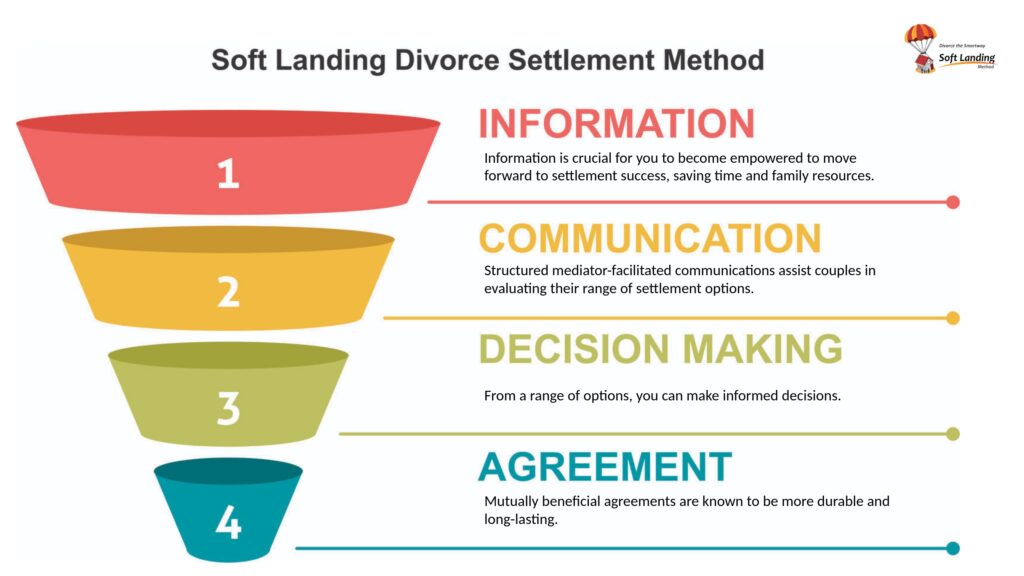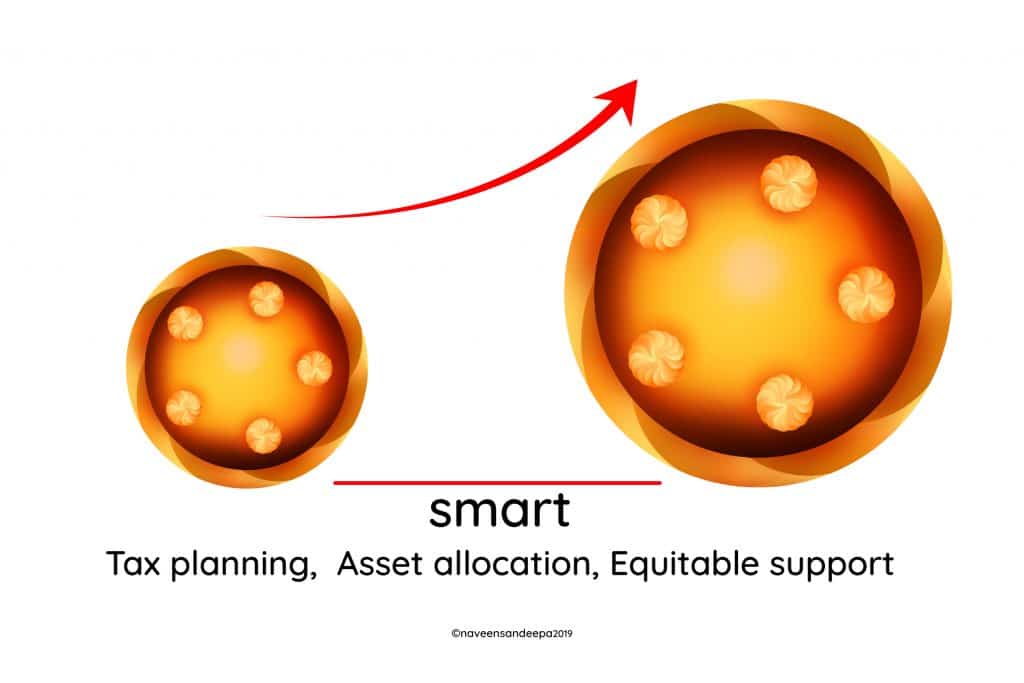Automatic Divorce after Long Separation in Canada

The duration of an amicable divorce in Ontario can vary but typically completes faster than a contested divorce. If all paperwork is promptly submitted and parties agree on all terms quickly, the divorce could be finalized in a few months after the mandatory separation period of one year.
The process involves filing a divorce application with the court, finalizing a separation agreement, and observing a one-year separation period. If there’s mutual agreement, the divorce can proceed without court intervention.
The province’s laws, where the couple resides, govern the division of assets and property. It’s prudent for both parties to obtain legal advice to ensure assets are divided fairly.
A legal divorce requires a court hearing and is obtained through the court system. On the other hand, an automatic divorce aka Desk Divorce bypasses the court appearance if couples meet the necessary criteria.
To qualify for an automatic divorce in Canada, couples must live separately for at least one year.
In Canada, an “automatic divorce” aka Desk Divorce signifies the end of a marriage without needing a court appearance. This method is available when couples have lived apart for at least one year and mutually agree to divorce.
Divorce Self-Filer
Our Naked Divorce Self-Filer offers a time-saving and cost-effective solution for your divorce process. Check if your situation qualifies for this streamlined approach.
Ken Maynard CDFA, Acc.FM
I assist intelligent and successful couples in crafting rapid, custom separation agreements that pave the way for a smooth transition towards a secure future. This efficient process is achieved in about four meetings, effectively sidestepping the excessive conflicts, confusion, and costs commonly linked to legal proceedings. Clients have the flexibility to collaborate with me either via video conference or in-person through a DTSW associate at any of our six Greater Toronto mediation centers, located in Aurora, Barrie, North York, Vaughan, Mississauga, and Scarborough.
Have a few questions - Tap here to Schedule a Get Acquainted Call



















































